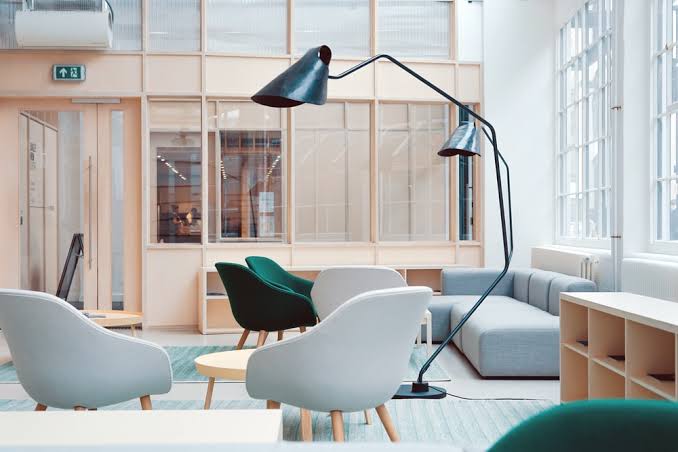
Over the years, the luxury residential market in India has undergone a significant shift. Rising disposable income, evolving home buyer aspirations, growing demand for larger homes, integration of amenities, such as clubhouse, gymnasium, swimming pool, playground, healthcare centre and supermarkets for a wholesome lifestyle underscores the demand for luxury homes. With the onset of the pandemic and its aftermath, it has become more pronounced at the back of the pandemic with work-from-home (WFH) becoming the norm and limited movement.
According to a report by PropEquity, a real estate data analytics company, luxury housing sales in seven major markets of India saw an increase of 21% in February with 8219 units as compared to 6786 units during the previous year. This was attributed to increased demand for open and bigger homes due to the pandemic. Similarly, Anarock reported an increase of 31% in the launch of luxury homes in the first quarter of 2021, with approximately 5300 units in the top seven markets.
With a surge in demand for luxury homes, let us look at the trends influencing this segment.
Larger Homes: One of the visible trends is the demand for larger homes. With the pandemic at the centre, work-from-home (WFH) has become the new normal indefinitely. This has made it imperative for people to create a separate space for work at home. Additionally, as most of us are spending a considerable time at home amidst the pandemic, the focus on the overall quality of life with emphasis on health and comfort is also visible. Designated space for a workout or larger balconies and separate areas to unwind are some of the demands. This aspiration of improved quality of life is driving many middle and upper-middle-class families to move to bigger homes.
According to the PropEquity report, approximately 30,169 3 BHK units were sold in the first quarter of 2021. Anarock’s report also suggested a similar trend. It highlighted that a total of 4273 homes were sold in MMR during Q1 of 2021 at 53%, making it the maximum number of units sold. This was followed by Chennai which witnessed an increase of 43% with 2387 units in Q1 2021.
Second Homes: Although consumers investing in a second home is not something new, the pandemic has definitely fueld it further. Travel restrictions have propelled people to buy homes on the outskirts of the cities or picturesque locations, especially hill stations, turning them into vacation homes or even working from such homes. This is, unlike earlier, where the aim was primarily to turn them into rental homes. Knight Frank’s Global Buyer Survey highlights this trend.
Moreover, buying a second home has become considerably cheaper with the current home loan interest rates, competitive pricing by developers, and reduced stamp duties in several states. Most second homes bought begin at INR 1 – 2 crore and go upwards.
Integrated, Gated Homes: Another aspect that is driving demand for luxury homes are the premium amenities offered. With safety and security assuming utmost importance, people prefer to buy luxury gated homes that do not require them to step out of the community. While gated communities are available across price points, the amenities offered may be bare minimum to basic, unlike luxury homes.
Luxury gated communities provide a more holistic living experience, with separate open spaces for different activities such as walking, jogging etc. Some of the other premium facilities offered can range from a drive-in theatre, health care facilities, assisted living for senior citizens, supermarkets, shopping centres, hotels and schools.
As the pandemic continues, the demand for luxury homes is expected to accelerate further, fueling the housing demand in India.